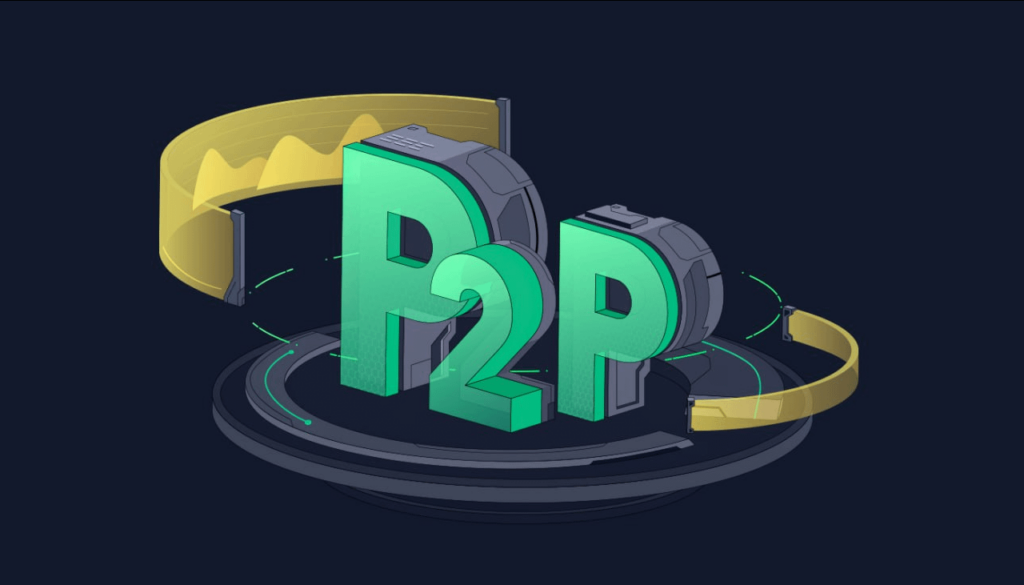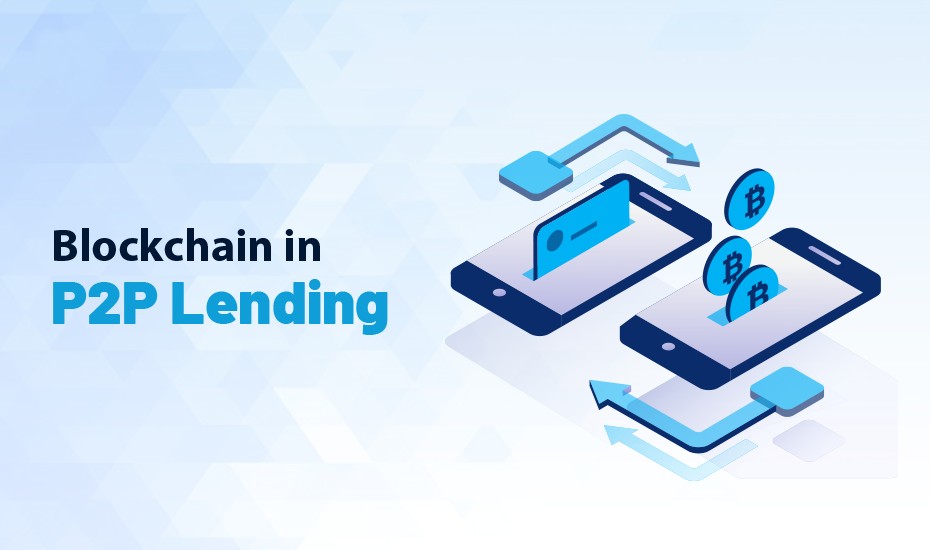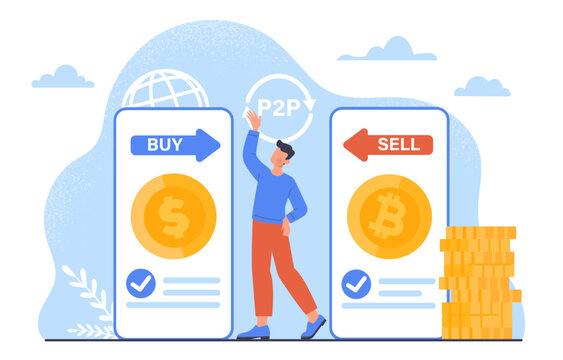Tips for securing P2P financing for your business

In today’s financial landscape, P2P financing businesses present a compelling alternative to conventional funding sources, especially for enterprises in need of capital. This guide delves into the essentials of securing peer-to-peer financing, offering businesses an opportunity to bypass traditional financial obstacles. By leveraging the power of P2P platforms, companies can access a broader pool of investors, benefiting from more flexible terms and potentially lower costs. This accessible approach to financing not only democratizes access to capital but also fosters a community of investors and borrowers geared towards mutual success.
The advantages of P2P loans for businesses

Peer-to-peer (P2P) lending is revolutionizing the way businesses access capital, serving as a formidable alternative to traditional loan models. P2P loans provide businesses with a more flexible and efficient means of financing, leveraging technology to connect companies directly with lenders. This modern financial mechanism not only streamlines the borrowing process but also offers competitive interest rates and tailored loan terms. The growing popularity of P2P loans among businesses highlights their value in the contemporary economic landscape, showcasing the potential to significantly impact how companies fund their growth and operations.
Enhancing P2P lending with blockchain

Blockchain P2P lending is transforming the financial landscape by offering a digitized and democratized loan infrastructure. This innovative method capitalizes on blockchain technology, fostering a direct connection between investors and borrowers. By bypassing traditional financial intermediaries, blockchain P2P lending ensures secure, efficient, and transparent transactions. As a result, it opens up new avenues for investment and borrowing, making financial services more accessible to everyone. This peer-to-peer system embodies the future of finance, providing a trustworthy platform for individuals to engage in lending and borrowing on their own terms.
Blockchain’s transformative effect on P2P lending

Blockchain technology is revolutionizing the financial services sector, especially in the realm of peer-to-peer (P2P) lending. This innovative technology offers a more transparent, secure, and efficient way to connect lenders and borrowers, bypassing traditional banking systems. With blockchain P2P lending, transactions are quicker and more reliable, reducing the risk of fraud and lowering costs. This paradigm shift not only democratizes access to capital but also fosters a more inclusive financial ecosystem. As blockchain continues to evolve, its role in reshaping P2P lending demonstrates its potential to transform the broader financial landscape.
The benefits of P2P real estate lending

In the emerging world of alternative investments, P2P real estate lending stands out as a key option for investors and borrowers alike. This innovative financing method provides unique advantages in the real estate market, offering a more direct and flexible approach compared to traditional financing methods. P2P real estate lending not only democratizes investment opportunities, allowing individuals to participate directly in real estate projects, but also offers potential for higher returns and diversified investment portfolios. As this sector continues to grow, it underscores the transformative potential of P2P lending in reshaping real estate investment landscapes.
Integrating P2P payments in daily life

In today’s fast-paced environment, Peer-to-Peer (P2P) payments have revolutionized the way we handle transactions, showcasing significant advances in financial technology. P2P payments have become integral to daily life, streamlining the process of transferring money and fostering a more efficient economy. This adoption not only demonstrates the convenience and efficiency these platforms offer but also underscores their growing importance in our digital world.
How P2P payments are simplifying transactions

Peer-to-Peer (P2P) payments are revolutionizing the financial landscape, offering a seamless and efficient way for individuals and businesses to conduct transactions. In this era focused on convenience and speed, P2P payments stand out by enabling immediate digital money transfers without the intermediation of traditional financial institutions. This innovative payment method is not only reshaping our approach to personal and commercial dealings but also promoting a more connected and streamlined economic environment. As P2P payments continue to gain popularity, they represent a pivotal shift in the way we manage our financial interactions, emphasizing the value of simplicity and immediacy in the digital age.
P2P lending: a guide for borrowers

In the evolving finance landscape, Peer-to-Peer (P2P) lending stands out as an appealing option for borrowers desiring funds beyond conventional banks. This guide is tailored for P2P lending borrowers, offering them insights on efficiently navigating the P2P lending environment. It encompasses key strategies and tips to maximize the benefits while minimizing the risks associated with P2P lending. Perfect for individuals looking for flexible lending solutions, this resource aims to empower borrowers with the knowledge needed to make informed decisions in the P2P lending space.
Choosing the right P2P lending platform

Selecting the appropriate P2P lending platform is essential for individuals aiming to enhance their financial prospects. With the increasing number of peer-to-peer lending platforms, making an informed choice has become both easier and more complex. To navigate this landscape successfully, borrowers and investors must carefully evaluate each platform’s features, including interest rates, fees, risk management practices, and user reviews. By prioritizing these criteria, one can find a platform that aligns with their financial goals, ultimately optimizing the benefits of participating in the P2P lending market.